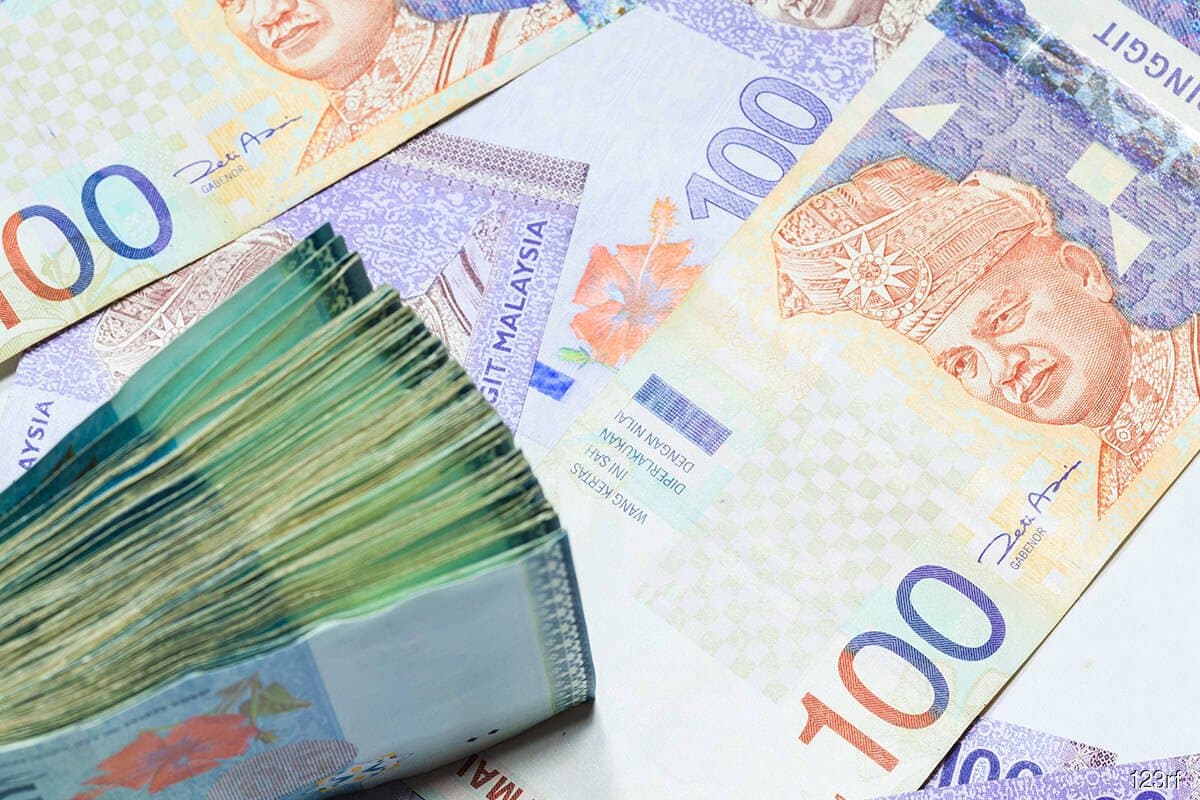
KUALA LUMPUR (June 20): Weighed by the dual headwinds of an aggressive US Federal Reserve (Fed) rate hike cycle and a slowing Chinese economy, the Asia Dollar Index fell for a second straight quarter in the second quarter of 2022 (2Q22) and is on track for the worst performing quarter in four years.
The yuan led losses within the region, falling as much as 7.5% with the quarter to 6.81 a US dollar (USD) in May as the two-month Shanghai lockdown exacerbated growth concerns.
The abrupt weakness in the yuan also triggered a repricing of some of the more resilient Asian foreign exchanges such as the ringgit (MYR) and Indonesian rupiah. Both currencies weakened to 2020’s lows against the US dollar even as fundamentals remain sound.
With the Fed pressing on with its front-loaded rate hikes in the second half of 2022, the sell-off in Asian foreign exchange is far from over. A repeat of the 2018 playbook could see Asian foreign exchange subject to portfolio outflows as the Fed hikes rates and conduct quantitative tightening at the same time.
Furthermore, concerns about a China slowdown and rising global recession risks will also keep the pressure on Asian foreign exchange.
We stay negative on Asian foreign exchange and downgrade our various forecasts particularly for the yuan and the Singapore dollar further to 6.90 and 1.41 respectively against the US dollar by 1Q23.
Alongside expectations of further yuan weakness, we expect USD/MYR to trade higher as the Fed has only started on its aggressive monetary tightening path.
We project USD/MYR at 4.46 in 3Q22, 4.48 in 4Q22, 4.50 in 1Q23 and 4.52 in 2Q23.